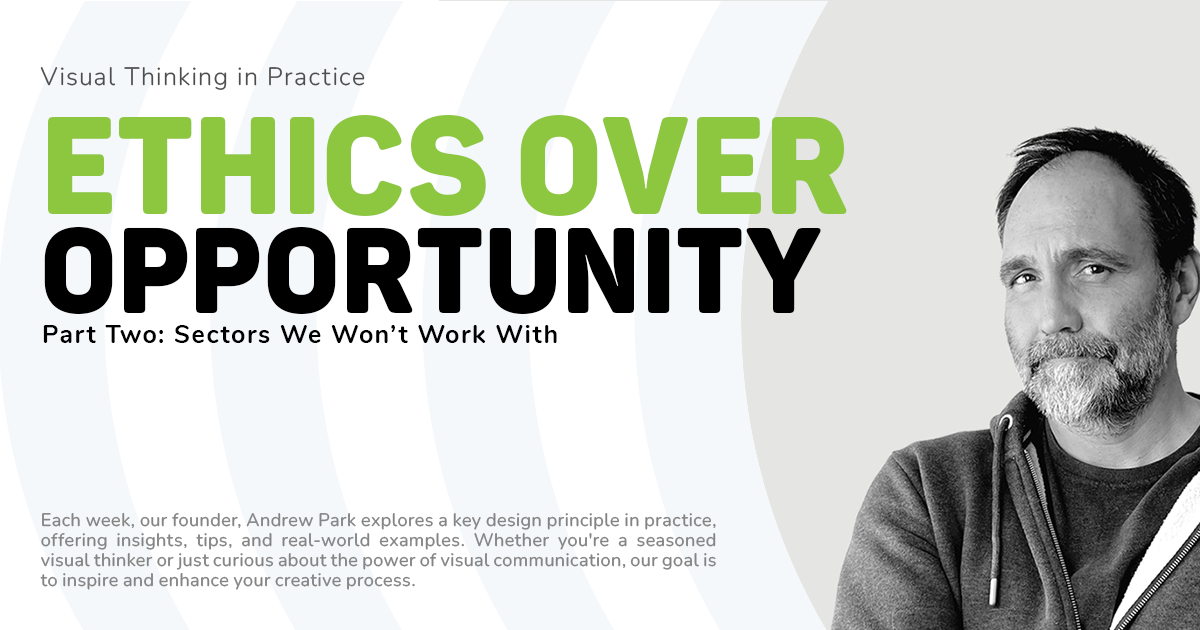Whiteboard animation is an amazing way of supercharging your message and delivering it to audiences in a memorable and engaging way. Thanks to the visual and conceptual freedom that goes along with whiteboard animation, no subject is beyond it’s reach; whether its black holes, corporate policy, research or performance management tips. However, there are times when a stripped back approach is what’s needed. That’s why we have refreshed our entry-level animation style.
Introducing Pure Scribe
Our new Pure Scribe product has a punchy and direct style. From its short 60-90 second length to the simple but high-impact motion graphics options, this product is beautifully simple. Graphics appear drawn on-screen in time with the voiceover, narrative delivered through a few discrete scenes. This format makes Pure Scribe simple whiteboard animations easy to work with and perfect for delivering a simple, direct set of messages. This style works brilliantly for data, statistics and clear instructions.
These characteristics combined with whiteboard animation’s ability to make information engaging, memorable and shareable make Pure Scribe ideal for topics such as:
Idea and report summaries for groups like shareholders, e.g. academic research and annual report summaries
Important information and advice aimed at broad and specialised audiences, e.g. mental health advice and guidance on policy, rules and conditions
Instructions and policy updates for groups such as employees and students, e.g. advice around health & safety and compliance regulations
Promotional activity around book and product launches, e.g. product and service explainer animations
What the whiteboard animation research tells us
We worked with Professor Richard Wiseman to understand more about whiteboard animation’s ability to make information engaging, memorable and shareable. Professor Wiseman is the UK’s only professor of the Public Understanding of Psychology, and together we compared audience responses to a ‘talking head’ video and a whiteboard animation with the same audio.
When it comes to information retention, the research found that viewers of the whiteboard animation experienced a 15% increase in information retention
Viewers of the whiteboard animation found it 33% more entertaining
The volunteers were 66% more likely to share the whiteboard animation










Often the very first books we encounter are picture books, our first introduction to the power of rich visual language. While our books change, the power of this language doesn’t. We’ve reflected on visual language, from picture books to explainer videos and whiteboard animation.